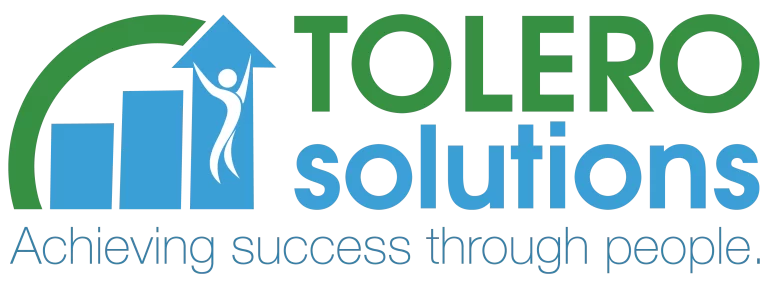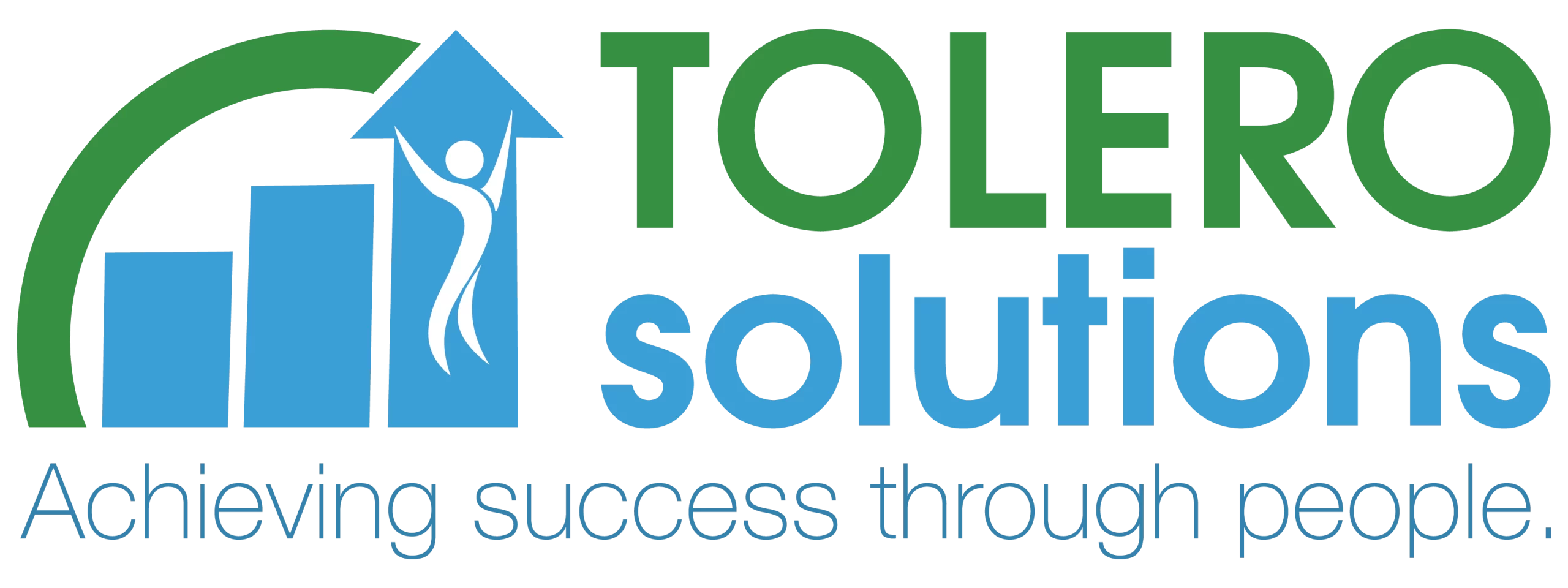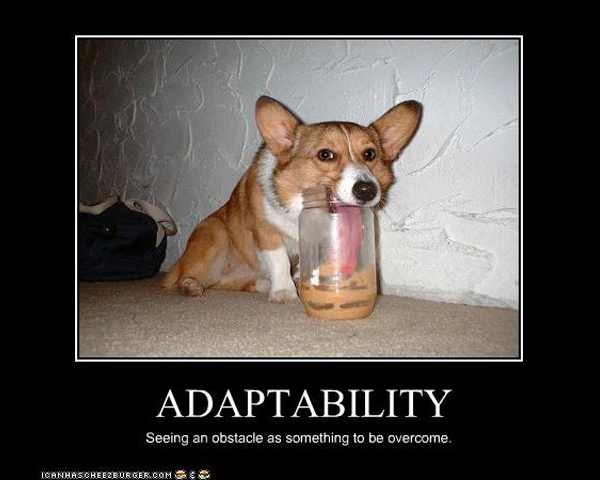Oy! Democrats in Iowa just experienced a massive technology failure. And, let’s be real, a massive embarrassment.
The sad thing is the Democratic Party could’ve prevented this.
Now, the Iowa Caucuses concept is archaic and the process cumbersome to say the least. But, instead of acknowledging that and the need for process improvement, the Iowa Democratic Party recklessly invested money into untested technology.
What the hell happened in Iowa?
For you non-politicos, a quick synopsis of what happened. 2 months ago, the Iowa Democratic Party tossed $60,000 at a new tech company for “website development.” This money was to build an app designed to tabulate and report the results of the caucuses. The app, and the deployment, had issues. Local officials were aware of issues with the app 5 days prior to the Iowa primary. They took no action. The app was released anyway. Oh, and the state Party also did not provide any end-user training for the app.
What could go wrong?
The app failed to allow Caucus site leaders to upload the results at their locales. The backup plan also failed.
After months of candidates campaigning, spending over $50 million dollars in advertising, and getting to know voters, the Iowa caucuses ended with the winner being… as of the time of writing this article…maybe Mayor Pete, but we just don’t know yet. And neither do a bunch of pissed off candidates and their campaigns. And a bunch of pissed off Caucus goers, too.
Such bad optics. Negative impacts on stakeholders. End-user disengagement. Lack of trust in the process. #TechFail!
See, now this is why those of us with skills and experience in process improvement, technology adoption, organizational development, and digital transformation need to be involved in technology projects. I doubt anyone with those skillsets was part of the team that designed and deployed this app. If they were, they really should be fired.
As a practitioner with the above expertise, who often works with development teams using various methodologies and has been involved in more technology projects than I’d like to count, this kind of failure even pisses me off. And I’m not even an impacted end-user!
Here are a few reasons this epic failure may have occurred, and ways it may have been prevented:
Lack of preparation.
According to the Washington Post, no training was provided on the app. Sean Bagniewski, chair of the Polk County Democratic Party said “The state Party did not provide any training on how to use the app, he said, adding that while the caucus trainings are done at the county level, the app itself came from the state level. Local officials had trouble downloading the app, getting a PIN to log in, and activating it even when they had a PIN, Bagniewski said. Then, when precinct chairmen tried to call the results in via the hotline, they were placed on hold for as long as two hours, he said. ‘When our chairs are calling, it’s a wait time of an hour and a half or two hours. In some cases, they have dropped the call,’ he said.” All I can say, without the use of expletives, is wow.
Tip for Success: Prepare. Prepare. And prepare some more. Don’t rush it. One of the most obvious reasons technology projects fail is poor planning at the outset. Managers who fail to properly scope a project and apply risk management principles are setting themselves up for ruin. As are managers who fail to plan in time for quality assurance, security assurance, and risk and issues mitigation. This also includes leaving adequate time for product testing such as SIT and UIT prior to product release. And of course, training for users prior to deployment is a necessity. Not only does training provide users with the fundamentals needed to properly use the product but it also offers opportunities to catch glitches in the technology and capture important user feedback.
Timeline over quality.
Now this really seems to be an issue that occurred with the app design and deployment. It also relates to preparation. As the New York Times reports “The app that the Iowa Democratic Party commissioned to tabulate and report results from the caucuses on Monday was not properly tested at a statewide scale…It was quickly put together in just the past two months.” Sure, we all want our projects to come in, at, or under cost and schedule; however, if you sacrifice quality or expectations to achieve those goals, then your project may not be a success. As was the case here. It is imperative to take this into account during the design and planning phase. Changes can push the timeline. And the timeline is the most important thing, right? Wrong. I’ve seen this happen time and time again. Quality gets sacrificed for time. Functionality gets sacrificed for time. Team members end up feeling rushed and burnt out. And users end up pissed off about their experience with the product.
Tip for Success: Consider all the possible variables and internal and external environmental and cultural factors. Build a reasonable contingency and cushion into your project plan. Consider a sound framework for managing your projects and dependencies. I’m a big fan of Agile as a project management approach as well as variations of Scrum. Also, if you really want to deliver quality on time, be sure to account for change management (the people kind not just the technology kind) and develop and implement a clear communications strategy. Develop and leverage your governance structure for decision making. Make sure those participating as part of project governance are trained to provide support to manage the people, process, and technology changes associated with product development and deployment.
Don’t seek feedback.
Local officials were aware of problems with the app since last Thursday and that they had requested state officials resolve the problems — to no avail. And the process to resolve user concerns with the app was inefficient and ineffective. As also reported by the Washington Post, “When local party officials asked the state Party about issues they had with the app, they were referred to a ‘dedicated staffer’ who was not able to solve the problems…we had had so many complaints about the app that we started telling our chairs that if they were having problems with the app then you should call in the results…” which proved to be another failure.
This one drives me nuts as I’ve seen this time and time again. Project leadership claims to want feedback; however, only if they have time to hear it and only if it’s positive feedback. And that’s assuming anyone on the team even bothers to actually ask for user feedback in the first place. Any feedback that project leadership may view as negative, even if it can lead to continuous improvement, is selectively ignored. When impacted stakeholders, or customers, provide feedback it means they are engaged. You have momentum. One of the quickest ways to kill that engagement and momentum is to ignore their voice and bury their concerns. Ignoring feedback is also one of the quickest ways to overlook, or dismiss, possible issues with your product. Considering no user feedback was gathered in advance of the release of the app it’s not surprising issues occurred.
Tip for Success: Giving and receiving feedback is imperative to effective communication and high team performance – it’s a cycle. It’s also imperative to developing a functional product that meets user needs. There are plenty of what if’s when it comes to giving and receiving feedback. The reality is that you’re holding yourself and the project back from success if you’re not doing either. As was the case here.
So, among other things, #TechFail. Major embarrassment. Pissed off stakeholders. And in this case, a frustrated electorate. All of which could’ve been prevented.
So far, at least Nevada has committed to not using the app. Perhaps things will turn out better in Nevada.
* My political hat has been taken off for this post. This article is not intended for political debate nor written to express political views.
_______________________________________________________________________
About Scott Span, MSOD: is CEO & People Strategist, Communications and Change, at Tolero Solutions. He supports clients to engage and retain talent and wow customers, achieving success through people, creating organizations where people enjoy working and customers enjoy doing business.
Email | Website | LinkedIn | Twitter | Blog | Facebook
*All Rights Reserved. Reproduction, publication, and all other use of any and all of this content is prohibited without authorized consent of Tolero Solutions and the author.






